You’ve had your dog since they were a puppy. You’ve gone through the grueling training. The late nights where they would whimper by your bed. Those cold middle-of-the-night walks, where you’re half awake.
This was all to set up a proper foundation so your dog would be housebroken and able to urinate outside. Now all of a sudden, you’re stepping in puddles of urine at random spots and times. This is not like your dog to have accidents.
What could cause such a behavior change? The answer is urinary incontinence, resulting from a plethora of issues ranging from hormone imbalance to old age. Read below to find out more!
What is Urinary Incontinence?
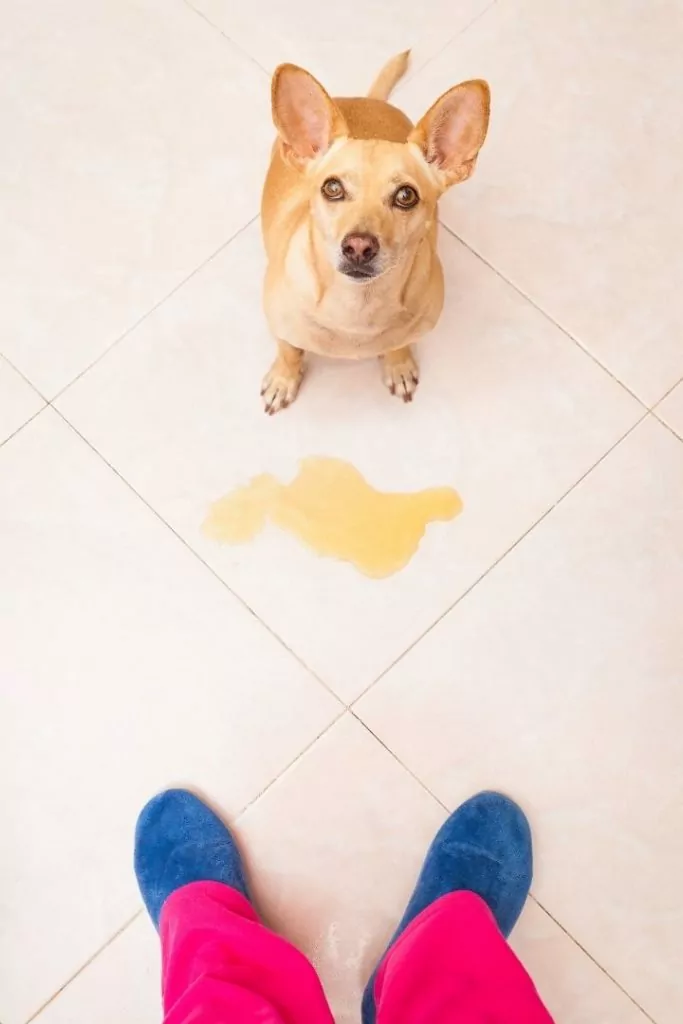
Urinary incontinence is when a previously trained dog starts having accidents in the house. This can be seen in the form of urination puddles or leaks/drippage. It is involuntary, so nothing can be done as far as training goes.
It is not harmful to your dog (they aren’t embarrassed that they wet themselves), but it can lead to urine scalding and other irritations. Sometimes more severe cases can lead to bladder infections, leading to kidney infections if left untreated.
Causes of Urinary Incontinence in Dogs
There are many causes of urinary incontinence. Let’s discuss them:
- Anatomic abnormalities– abnormalities in your dog’s anatomy can which be caused by injury, surgical malfunction, or necessity, or sometimes they can be born with it. Ectopic ureters are a common anatomic abnormality that may cause urinary incontinence.
- Neurological disorders– spinal injuries that disrupt the nerves that signal the bladder to be empty can cause an overfull bladder. A bladder that is too large will often leak out. This is a common issue with dogs with spinal injuries.
- Urinary tract infections (UTIs)– urinary tract infections often create pressure that makes your dog feel like it needs to urinate. It also compresses the bladder.
- Bladder stones– stones in the bladder will compress it, causing the urine to leak out.
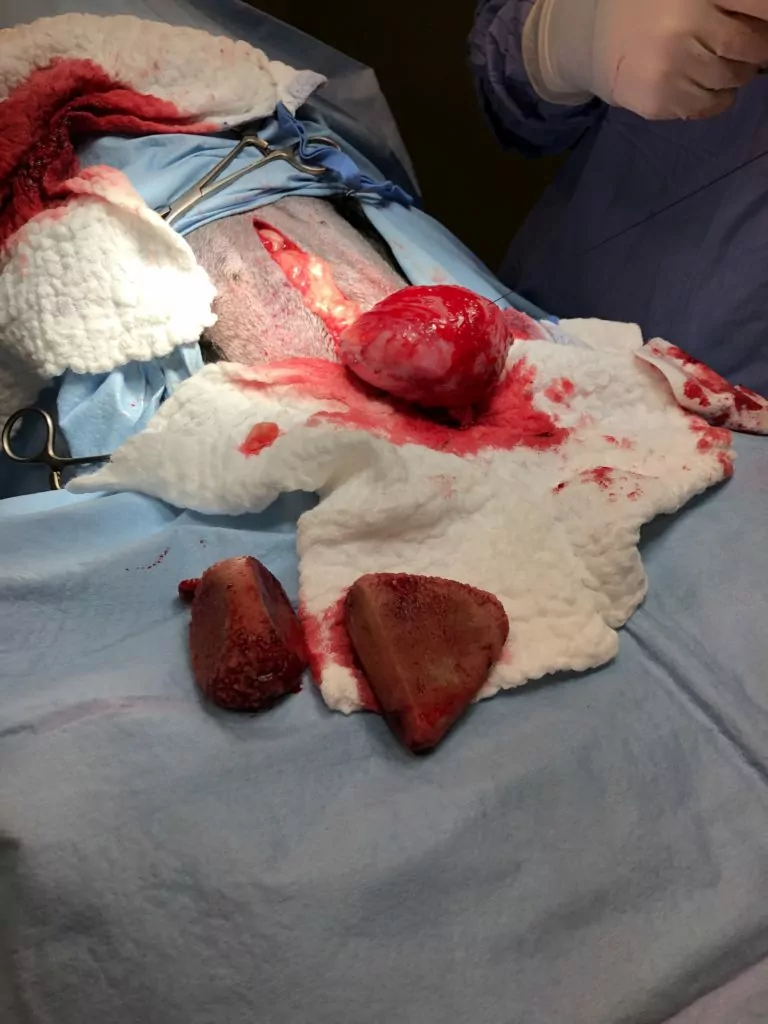
- Bladder tumors– tumors can also compress the bladder.
- Urethral Sphincter Mechanism Insufficiency (USMI)– this condition occurs when the urethral sphincter cannot hold your dog’s urine, and thus leaking occurs. This can be caused by genetics, obesity, or hormone imbalance.
- Urinary retention– sometimes, your dog will hold in their urine due to stress, thus outgrowing its space in the bladder and leaking out.
Clinical Signs
The clinical signs of urinary incontinence are:
- Frequent leaking or urine
- Finding inappropriate puddles in unusual places
- Irritated vulva
- Licking
- Odor
How Can you Tell Dog Incontinence from Inappropriate Elimination?
Of course, there’s a fine line between naughty behavior vs. an actual medical condition. Therefore, it is essential to differentiate between the two. First and foremost, a proper history of when and where your pet is inappropriately eliminating can help you distinguish between behavior or medical issue.
Further investigation would include any other medical history, age of your pet, as well as in-depth training. Installing baby monitors or cameras in your house may be a smart idea. This can help you determine if your dog is acting out of anxiety or if you need to make a full list when you are not there to understand your pet’s behaviors.
If you feel your pet is just behaving out of the ordinary, you must try training first. If you’ve tried everything and believe it is urinary incontinence, then contacting your veterinarian for further instruction and advice is best.
How is Urinary Incontinence Treated?
Depending on the underlying cause, your veterinarian will decide on the best course of action to treat urinary incontinence. UTI’s must be treated with antibiotics following a diagnosis from a urinalysis.
If bladder stones or crystals are responsible, further investigation of how to dissolve them and prevent them is the next step. Bladder tumors/ and cancer must be diagnosed via a CT scan, radiography, and MRI. Your veterinarian may choose to treat via surgery, with or without chemotherapy, based on their location and size.
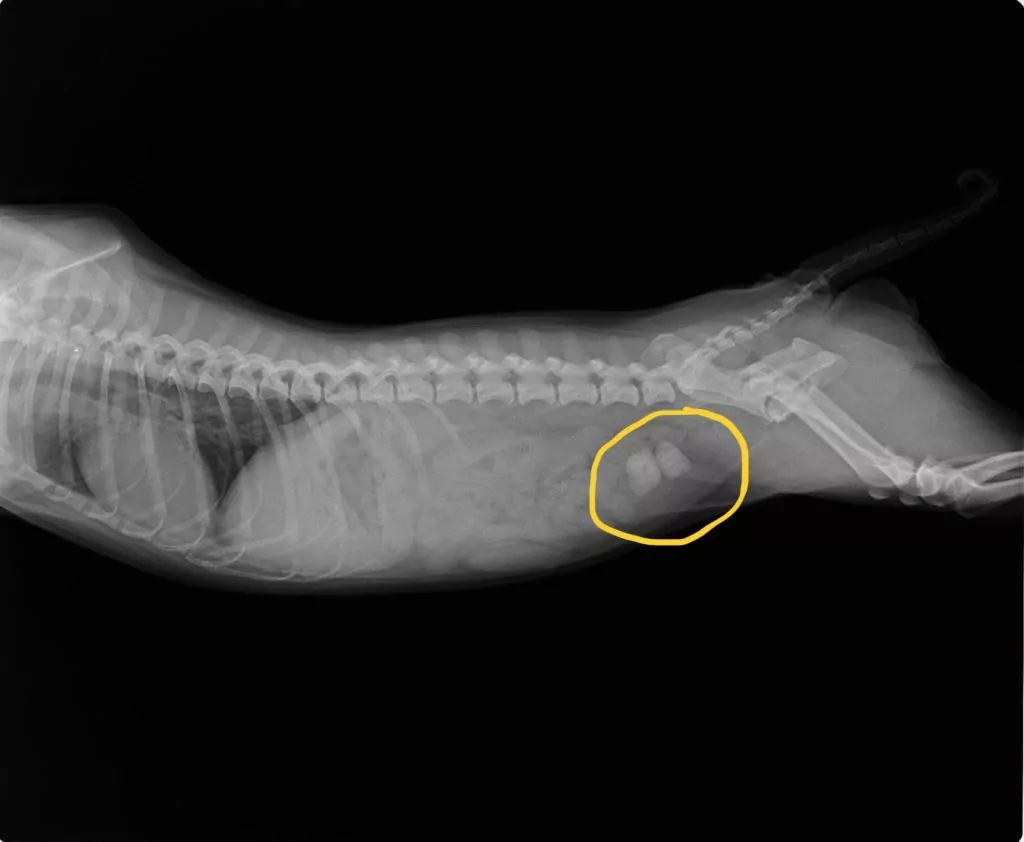
Urine retention due to stress must be evaluated at what is causing your dog stress. Then it’s best to figure out why your dog is stressed and how to avoid it or prevent it from happening. Neurological disorders can be treated with medication, but often dogs will need corrective surgery for their spine, along with post-operative physical therapy.
Before treatment, you can use a dog pad or diaper; however, it is essential to change them frequently. Without doing so, your dog can get urine scalding. This happens due to the acidic nature of urine, and it just sitting on the skin. It causes an irritation that is like a burn.
USMI is treated through a series of medications; they are as follows:
- Phenylpropanolamine (PPA) – is a medication that strengthens the urethral sphincter. It can cause some dogs to pant or be anxious when first starting and often requires monitoring every six months to check on your dog’s metabolic function.
- Hormonal supplementation via estrogen (DES) or testosterone depending on the sex of your dog.
- Sometimes a combination of medications are required.
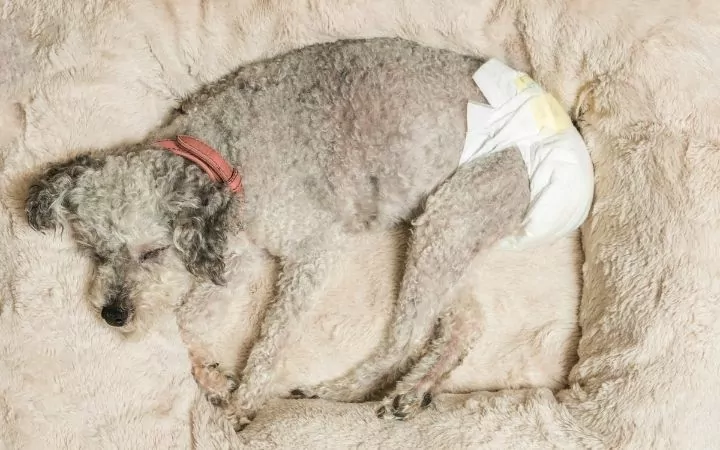
How can Urethral Incontinence be Prevented in Dogs?
Preventing urinary incontinence cannot always be achieved. Depending on your dog’s cause will determine what should be done. Urinary tract infections can be avoided by offering your dog frequent walks and making sure their vulva is kept clean.
Bladder stones can be controlled by preventing the formation of crystals via diet and by keeping a close eye on your pet’s urinary issues. Frequent urinalysis to declare the crystals’ underlying cause can suggest a better diet or lifestyle change for your dog.
Spaying your dog has some contradictions and can be a contributing factor. However, avoiding spaying your dog is not a reliable or concrete way to prevent urinary incontinence. The risk of mammary gland tumors and pyometra outweighs the risk of urinary incontinence.
Early intervention is your best bet for prevention. Dogs with urinary incontinence tend to suffer from UTI’s, so it’s best to make sure if you see any of the above clinical signs to contact your veterinarian and keep a note of it all.
Which Information Should you Give to Your Vet?
A proper history will help your veterinarian decide on the best course of action. You, as their owner, are their best journal on what is going on with them. When it comes to these situations, more information is best, but in case you are not sure what to ask, we have some suggestions:
- Where are you finding the urine?
- At what time you find the urine?
- Does your dog seem to squat or lift its leg more often?
- Do they sound in pain (whining, panting while eliminating)?
- Is there any increase in thirst?
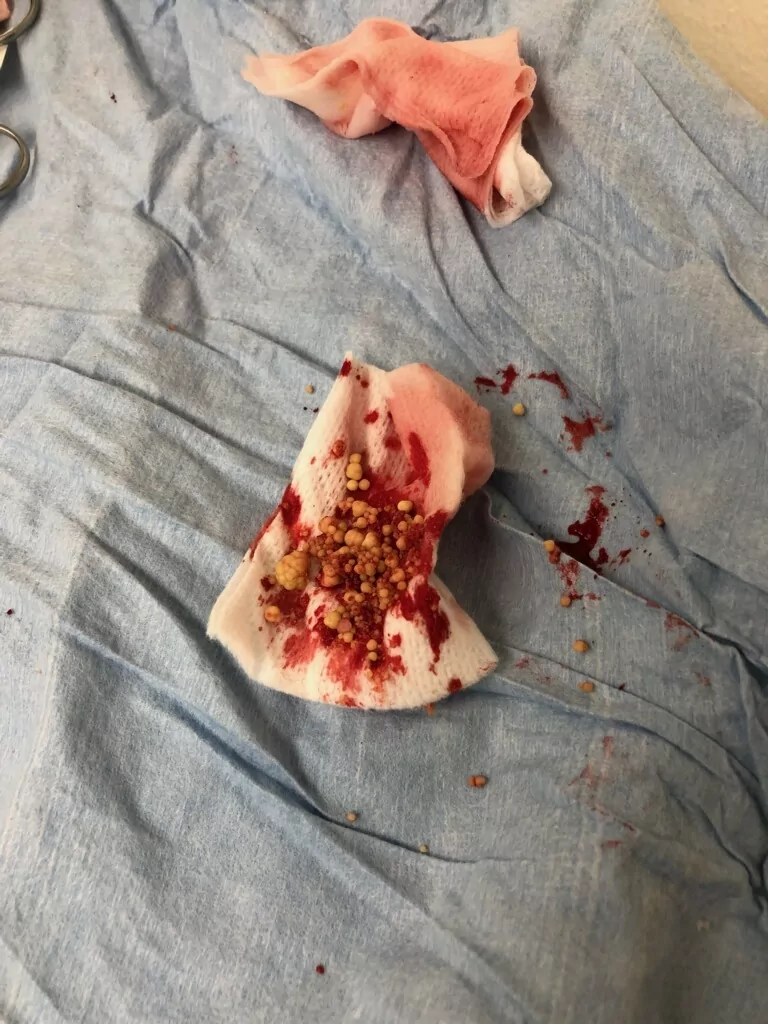
As with any other health issues giving any changes in behavior or clinical signs is best. In this case, less is not more.
Prognosis for Urethral Incontinence
Generally speaking, the prognosis is good. Of course, that all depends on the underlying cause, but your veterinarian’s medication and advice can help achieve a happier pup. Bladder cancer leads to a more guarded to grave prognosis but can be further navigated with your veterinarian.
Summary
Your lifestyle may have to change when your dog is suffering from urinary incontinence. However, it is a small price to pay when it results in a happier pain-free dog. Keeping your dog comfortable is what we as owners aim for.
Being able to offer your dog a calming atmosphere, medical management with medication, as well as frequent walks are all ways to assure your dog’s prognosis stays good. Urinary incontinence can be a messy, frustrating experience for both you and your dog. Remember that this is a medical condition when you get upset and understand that your dog cannot control it.
Getting them the help they need will help everyone stay happy.
